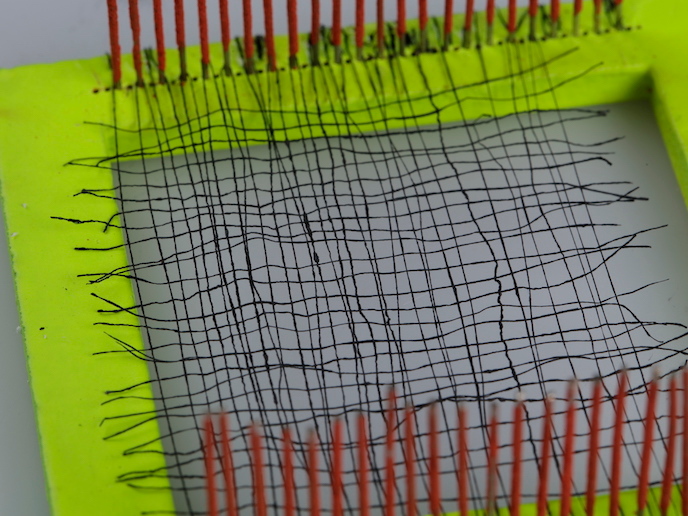Designing wearable smart tech using traditional textile-making techniques
The term ‘smart textiles’ describes materials, often wearable, which integrate communications technology, offering a variety of functionalities. These technologies, from sensor-based devices to user-interface elements, quite literally enable technology embodiment. The challenge is to seamlessly integrate the technology while maintaining the wearer’s comfort. For this, electronic components have to be lightweight, compact, flexible and unobtrusive. The GFSMART project, supported by the Marie Skłodowska-Curie Actions programme and hosted by the Royal College of Art (RCA), London, set out to develop graphene-based antennas for smart textiles, using traditional textile manufacturing techniques. Once this had been achieved, smart textile swatches were designed as a proof of concept, based on the touch and comfort needs of people affected by dementia and Alzheimer’s disease. Additionally, a proposal for a prototype was also published. “We worked with dementia patients and their carers, along with human-centred design experts at the RCA. By listening to end users, we designed wearable tech with the appropriate qualities, especially softness to touch, alongside washability and durability,” says the Marie Skłodowska-Curie fellow Elif Ozden-Yenigun.
Graphene-based textile antennas
GFSMART set out to develop a wearable interface for the Internet of Things (IoT) network by concentrating on one of the critical components of wireless communication, the antennas. The project first had to find an alternative to the current range of rigid, restrictive and often toxic approaches to wearable tech, which contribute to increasing e‐waste. They investigated graphene. “Graphene looked promising for comfortable wearable antennas as, compared to metals, it isn’t heavy, is flexible and highly durable, and isn’t easily damaged by washing. It is also fairly easy to scale up manufacture of it in textiles,” explains Ozden-Yenigun. Working with different graphene forms such as inks, coatings and fibres, alongside a dummy representation of the human body, the team designed and tested graphene assemblies to find the best arrangements to maximise the antenna’s range. The tests also enabled the team to better understand the effects of bending and proximity to the human body on the antenna’s overall performance. The resulting design was a graphene-based antenna which covers a wide bandwidth ranging from 3 GHz to 9 GHz, offering a promising solution for an efficient and high data rate communication link. The antenna designs can be adapted to meet various wireless communication protocols and according to the nature and texture of the textiles. To ensure additional comfort, the team eliminated both the metallic layers and stiff components used by traditional antenna designs.
The Internet of Things
Textiles have the potential to take the IoT to the next level, as they bring wearers closer to various smart devices at home and work. Crucially, they could also meet healthcare and security needs, especially for vulnerable people. For example, positioning systems could help monitor the elderly, the young and people with disabilities, contributing to better indoor and outdoor services, transport and public spaces. In these COVID-19 times, such systems could also help anonymously track people at risk of having caught and further spreading the disease. “We successfully created a textile-based communication interface without compromising comfort. Our research grounded in materials science, electronics and textile design offers a new sustainable pathway for the future of customised textiles in a connected world,” adds Ozden-Yenigun. The team are now seeking funding to further test these high-tech fabrics in user case scenarios. First, they will fine-tune some emerging communication challenges, especially issues related to data security.
Keywords
GFSMART, wearable, graphene, Internet of Things, textiles, clothes, wireless communication, dementia, antenna, smart, interface, COVID-19



